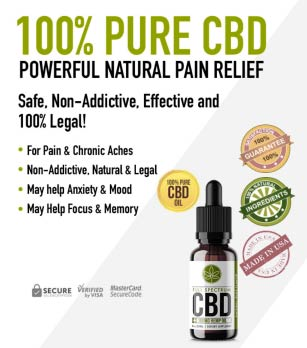Medical Cannabis Linked to Rebound Headaches
/By Pat Anson, PNN Editor
Medication overuse headache, also known as “rebound” headache, is a common problem for people who frequently use pain medication to relieve headaches and migraine.
According to the American Migraine Foundation, rebound headaches can be triggered by a wide assortment of analgesics, from aspirin and triptans to acetaminophen and opioids. Even caffeine can cause a rebound headache if you consume more than 200mg a day – about two cups of coffee.
So perhaps it’s not surprising that medical cannabis is also associated with medication overuse headache, according to a preliminary study by researchers at Stanford University School of Medicine.
“Many people with chronic migraine are already self-medicating with cannabis, and there is some evidence that cannabis can help treat other types of chronic pain,” said study author Niushen Zhang, MD, a neurologist who is director of Stanford’s Headache Fellowship Program.
“However, we found that people who were using cannabis had significantly increased odds of also having medication overuse headache, or rebound headache, compared to people who were not using cannabis.”
Zhang and her colleagues looked at the medical records of 368 people who had chronic migraine -- which is 15 or more headache days per month. Less than half were using medical cannabis
Researchers found the cannabis users were six times more likely to have rebound headaches than those who did not use cannabis. People who used cannabis were also more likely to take opioids. Previous research has found that opioids and cannabis can both influence the part of the brain called the periaqueductal gray, which has been linked to migraine.
Zhang’s study will be presented at the American Academy of Neurology’s annual meeting next month.
Medical cannabis has become a trendy alternative to pharmaceuticals for treating migraine, with research showing that both inhaled and ingested cannabis can reduce migraine pain.
A recent study of nearly 10,000 people in the U.S. and Canada who used a migraine tracking app found that 82 percent who used cannabis believed it was an effective pain reliever.
A 2017 study conducted in Israel found that combining THC and CBD in an oral dose was just as effective in treating migraine pain as amitriptyline – a tricyclic antidepressant commonly prescribed for migraine.
And a 2016 study at the University of Colorado found that cannabis significantly reduced the number of migraine headaches. Inhalation appeared to provide the fastest results, while edible cannabis took longer to provide pain relief.
About a billion people worldwide suffer from migraine headaches, which affect three times as many women as men. Over 37 million people in the United States live with migraines, according to the American Migraine Foundation.


















